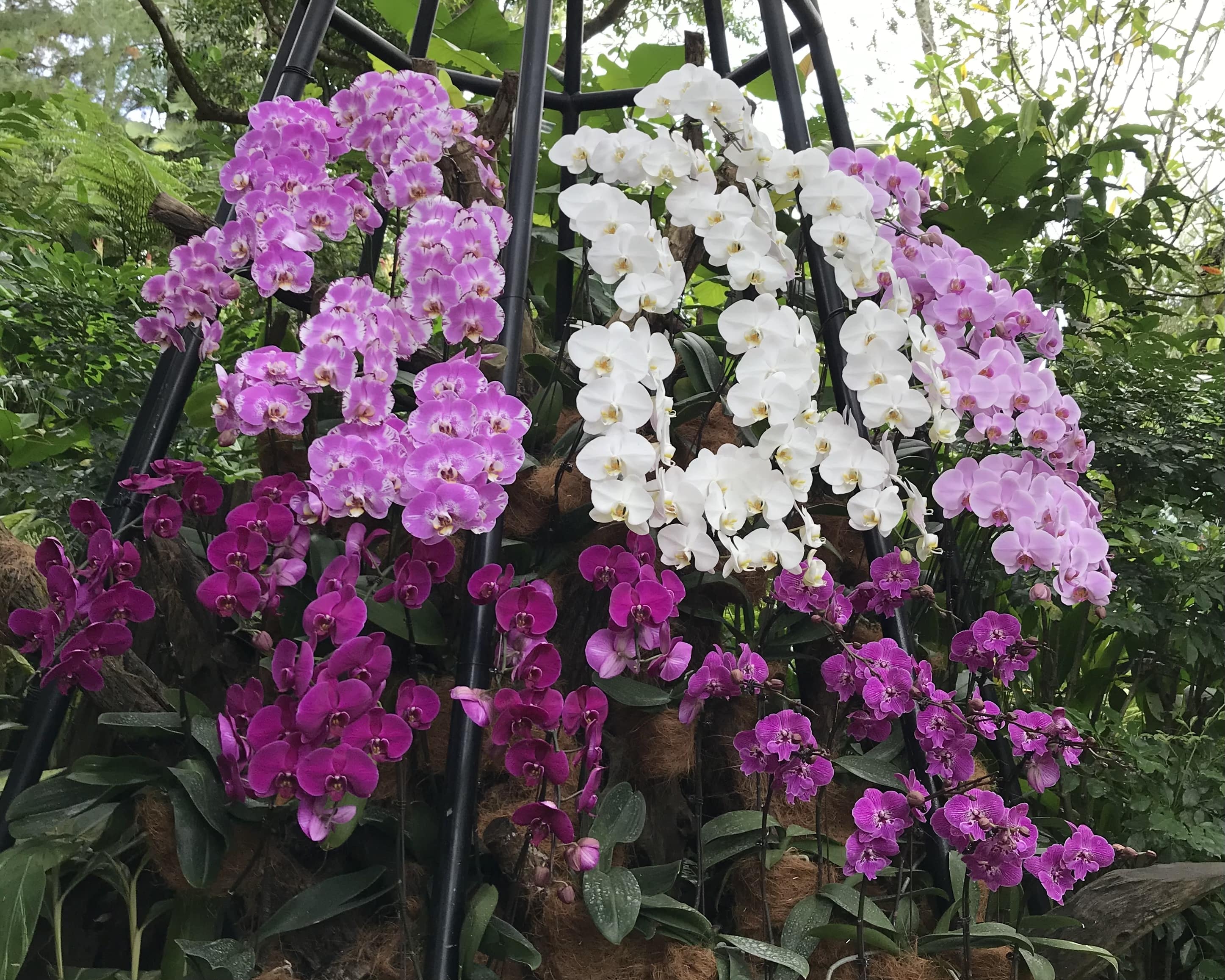"I will bloom from you!" - Orchids and bromeliads
Orchids and bromeliads, plants that you don't buy yourself, but always get for a holiday or birthday? And either you are extremely happy with them or you hate them because you know they will bloom and take up space on your windowsill? We know these feelings and that's why we decided to give them a chance and I made it my goal to tell you more about them so that you and your pets will love them because they are non-toxic to them. And that's an added bonus, right?

These plants are popular for their beautifully colored flowers and unique leaves , they are gems of the tropical world. In this article we will look at their origin, variety, care methods and specific growing requirements .
Orchids
Orchidaceae in Latin (Můrovec in Czech) is one of the largest plant genera with more than 25,000 species. They are distributed throughout the world and can be found in a variety of environments from tropical forests to cold mountain tops. Orchids are characterized by complex flowers that serve mainly to attract pollinators. 
The key to growing orchids is the right substrate, which provides sufficient drainage and aeration. Substrates made from a mix of pine bark, coconut chips, peat moss and perlite are ideal . Orchids require a special fertilizer , so get them a fertilizer designed for them. If you only have a few orchids and you don't want to invest, at least give them a universal one .

There are two opinions about cutting off spent flowers - the first group of orchid growers cut them off immediately, and the second group leave them there until they fall off on their own. Neither method is wrong, but if you don't like unsightly spent flowers and stumps, don't be afraid to cut them off.
Is there something strange sticking out of your flower pot? Is it a root or not? Yes! This is an aerial root , and if you follow us closely on social networks , you know that they are not meant to be cut.
What are the aerial roots of an orchid for?
Absorption of moisture and nutrients : The aerial roots of orchids are equipped with a special skin called velamen , which can absorb moisture and nutrients from the surrounding air. This is especially important for epiphytic orchids that grow on other plants or objects and do not have access to a traditional substrate.
Ensuring stability : Aerial roots help orchids maintain stability and adhere to the surface they are growing on, which is important for their epiphytic way of life.
We recommend transplanting orchids once a year or only when the pot is too small for them.

Bro what? Bromeliad.
Bromeliads are one of the most interesting plants that can be found in tropical and subtropical regions, especially in America. Renowned for their vivid colors and unusual forms, these plants are a popular feature in many interiors and botanical gardens. With more than 3,000 species, the bromeliad genus offers a staggering variety.
Bromeliads include many different types, from epiphytic species that grow on trees or other surfaces, such as Tillandsia (known as an air plant), another well-known bromeliad is the pineapple (Ananas comosus). Another interesting group are the bromeliads Guzmania and Aechmea, which collect water in their leaf rosettes.

Caring for bromeliads varies by species, but there are some basic principles to follow. Most bromeliads prefer bright but indirect light. Direct sunlight can be harmful to them as it can burn their leaves. Regarding watering, for bromeliads such as Guzmania and Aechemee it is advisable to pour water directly into the center of the leaf rosette, while for other species it is important to keep the soil slightly moist, but never soggy.
We wrote a separate article about Tillandsias here . But in general, caring for them is very simple. Just give them a water bath once a week and that's it. To soak, always leave it on a tissue to get rid of excess water in the nooks and crannies of the Tillandsia that could cause the plant to rot.
Bromeliads also thrive in high humidity environments , which can be a challenge indoors, especially in winter when the air is dry. Temperature requirements vary, but generally these plants prefer warmer environments and are sensitive to cold. Fertilization should be done carefully - a fertilizer specially designed for bromeliads or epiphytic plants is used, but you can also use a fertilizer for orchids and only about once every 2 months.
Bromeliads are not only beautiful, but also have ecological importance. Some species provide shelter and food sources for different species of animals. And when it comes to propagation, bromeliads often produce offshoots that can be separated and planted as new plants. Some species have showy flowers, while others, like the pineapple, produce edible fruit.

When choosing a bromeliad, it is important to choose a species that matches the conditions of your home and the amount of care you are able to provide. The ideal place for the plant is bright, but protected from direct sunlight . Although bromeliads usually do not need frequent repotting, it is important to ensure that the plant is not too tightly packed in the substrate and that the plant has enough room to grow.
Bromeliads are a great choice for those looking for a striking yet unpretentious plant for their home. With a little care and attention, these exotic beauties can brighten up any space with their stunning colors and unusual shapes.
Orchids and bromeliads exemplify the incredible diversity and adaptability of nature. With an understanding of their specific needs and care requirements, these plants can provide beauty and a growing experience for experienced and novice growers alike.
-
Posted in
Péče o pokojovky




